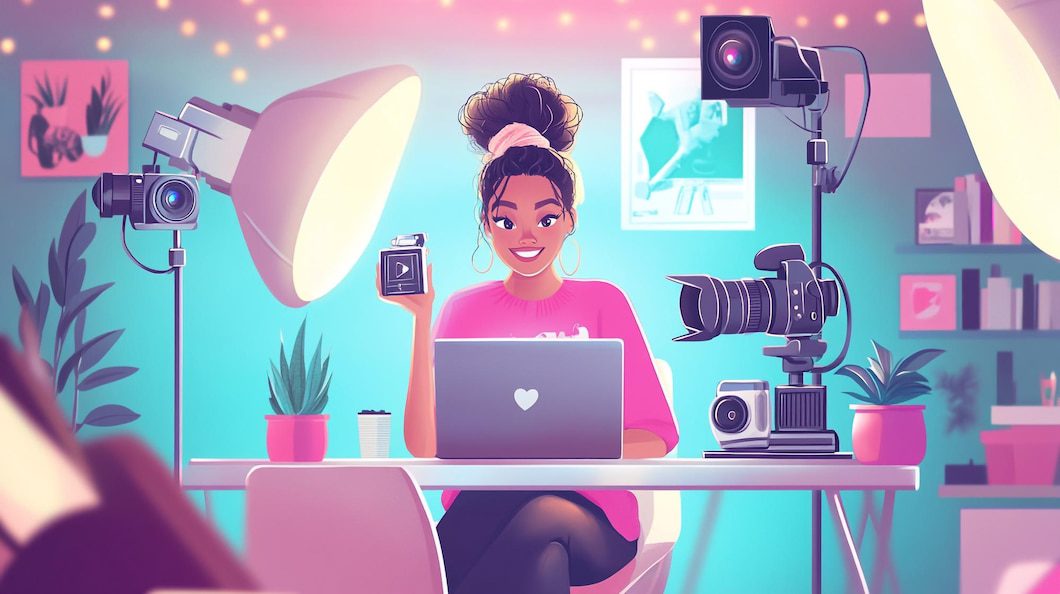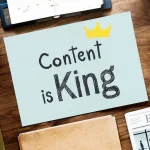Content creation is key for businesses and brands to connect with their audience. There are many types of content creators, like writers and visual artists. Each one brings special benefits, like being versatile and improving SEO.
Content creators, like writers and videographers, shape our digital world. They make content that grabs our attention and inspires us. From stories to images to audio, they’re the ones making a difference every day.
Content is King
Bill Gates
Key Takeaways
- Content creation is a diverse field, with various types of content creators including writers, influencers, bloggers, vloggers, podcasters, and more.
- Content creators offer benefits such as versatility, SEO optimization, brand building, creative freedom, and monetization opportunities.
- The content creation process involves ideation, research, and the use of various tools and platforms to produce engaging, informative, and visually appealing content.
- Successful content creators have developed skills in storytelling, social media management, and audience engagement.
- There are numerous monetization strategies for content creators, including sponsorships, brand partnerships, affiliate marketing, and merchandise sales.
World of Content Creators
The world of content creators is full of life and variety. It includes freelance writers, bloggers, and copywriters. It also has visual content creators like photographers, videographers and graphic designers.
Plus, audio content creators such as podcasters and musicians. Each one brings their skills and ways to connect with people.
Versatile Storytellers: From Writers to Vloggers
These storytellers are creative and know their audience well. They write blog posts and make videos or podcasts. They make digital content that teaches, entertains, and inspires millions.
Engaging Audiences: The Power of Visual and Audio Content
In today’s world, visual and audio content are key. Visual content creators like photographers share ideas through pictures. Audio content creators like podcasters share through sound.
They use their skills to connect with people and make a difference.
Across the globe, the internet is growing fast. This means content creation is more important than ever. Social media is a big place for content creators to share their work who make all sorts of content, from blog posts to videos and podcasts.

Content creators around the globe are leading the way online. They tell stories and create content that grabs people’s attention. They are changing the digital world with their creativity and hard work.
Types of Content Creators
In the world of content creation, many professionals bring their talents to the table. Here is a list of types of content creators in the digital world.
Bloggers
These are the writers of the internet. They might be running a personal blog about their travels, or managing a huge site with multiple contributors covering tech news. Some bloggers have become so influential they’re practically media outlets in their own right.

Vloggers
Video bloggers, usually found on YouTube or TikTok. They’re like bloggers but with a camera. Some vloggers document their daily lives, while others create highly produced content on specific topics like science experiments or cooking.

Podcasters
The radio hosts of the digital age. They create audio content on every topic imaginable – from true crime stories to deep dives into obscure historical events. Some podcasts are just one person talking, while others feature interviews or full casts.
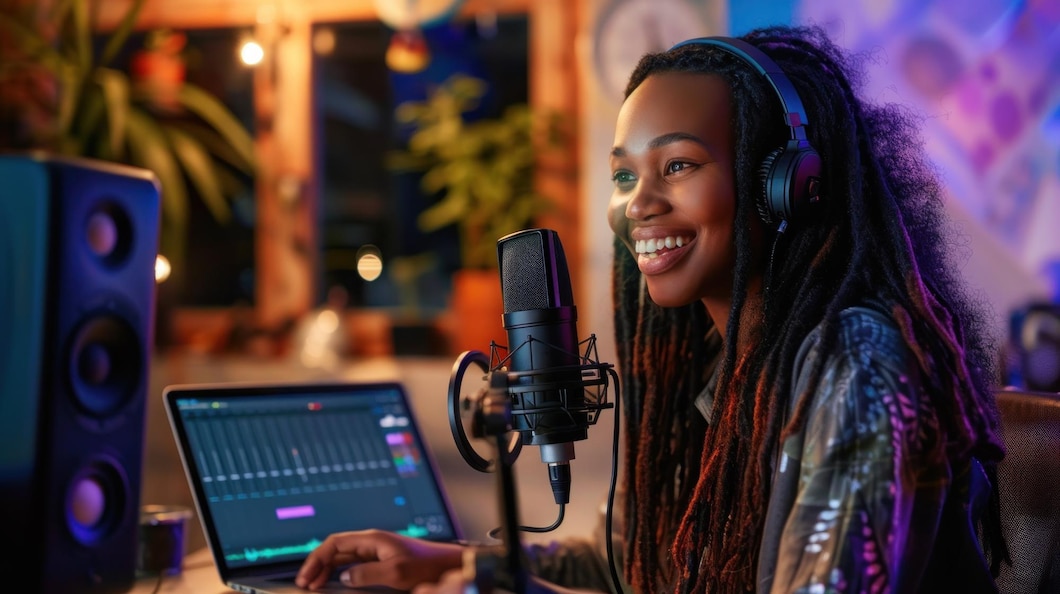
Photographers
Not just people with cameras, but artists who capture moments and tell stories through images. They might be doing anything from wedding photography to creating surreal digital art.

Graphic designers
Visual problem-solvers who communicate ideas through images. They’re behind everything from company logos to the user interface of your favorite app.

Videographers
These folks create video content, but usually more polished than your average vlogger. They might be making short films, documentaries, or promotional videos for businesses.

Social media influencers
The cool kids of the internet. They build personal brands across platforms like Instagram, Twitter, and TikTok. Their content varies widely – it could be fashion tips, fitness routines, or just glimpses into their seemingly glamorous lives.
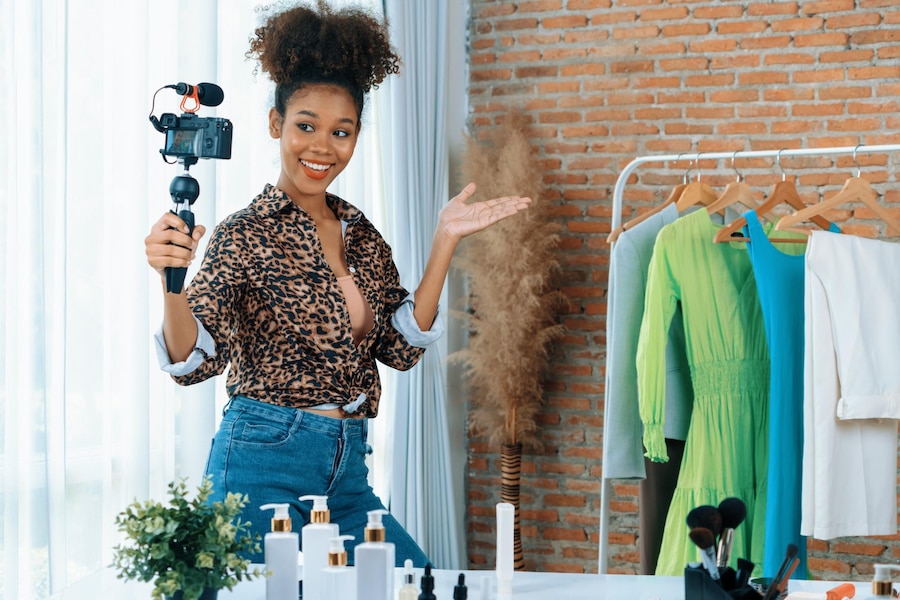
Streamers
Live content creators, often found on platforms like Twitch. While gaming streams are the most well-known, you’ll also find people streaming art creation, coding sessions, or just chatting with their audience.
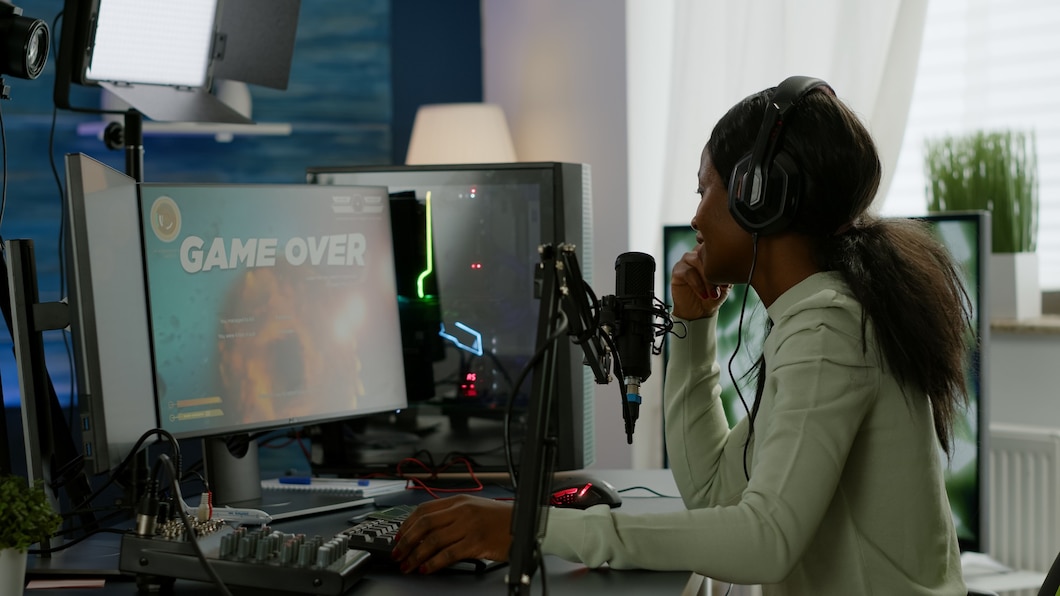
Writers
The traditional content creators. They’re writing books, articles, scripts, and more. Many have adapted to the digital age by self-publishing e-books or creating serialized stories on platforms like Wattpad.

Musicians
They’re not just creating songs, but often entire visual brands. Many musicians now release music videos for every track and are heavily involved in social media content creation.
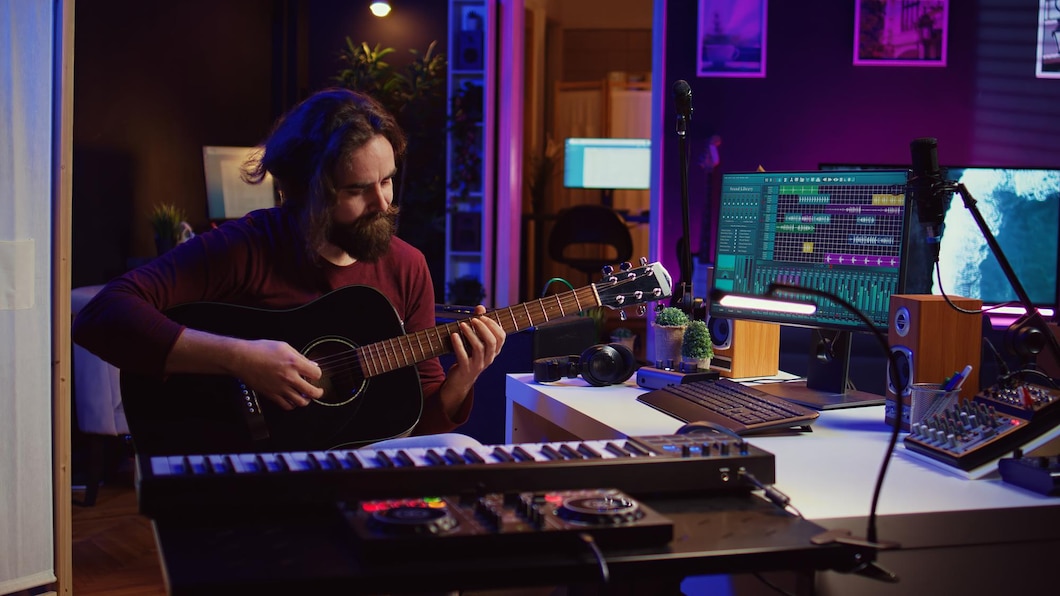
Artists
From traditional painters to digital illustrators. Many artists now share their process online, creating time-lapse videos of their work or teaching techniques to their followers.
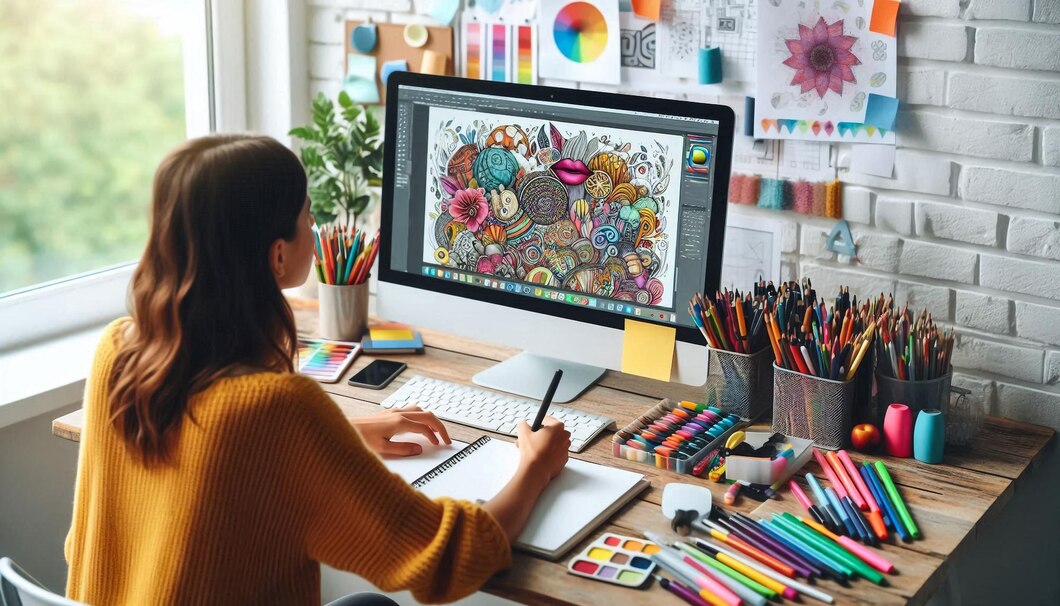
Animators
Creating everything from short GIFs to full-length animated films. With tools becoming more accessible, independent animators can now produce high-quality content from their bedrooms.
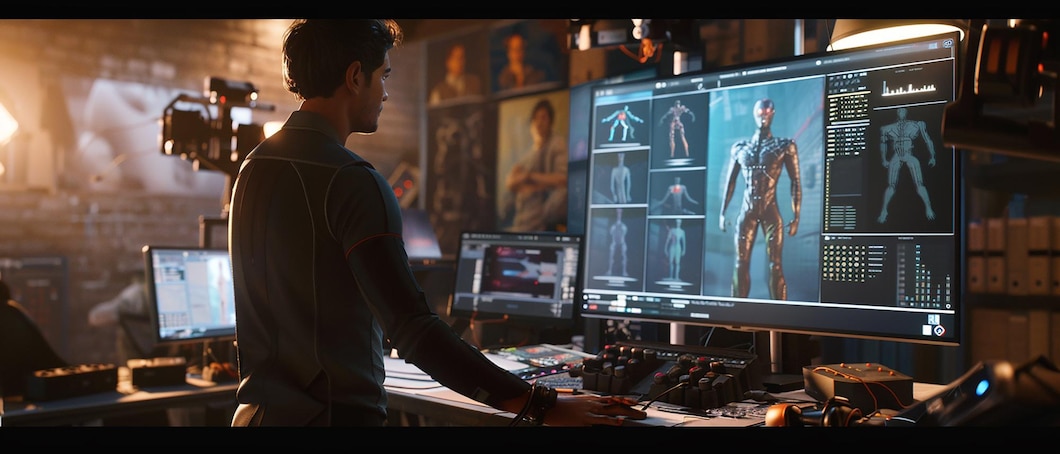
Webcomic artists
The comic strip creators of the internet age. They often build huge followings by releasing comics on a regular schedule, sometimes turning their online success into print books.

Meme creators
The comedians of the internet. They’re quick to respond to current events or pop culture moments with humorous images or short videos that can spread across the web like wildfire.

Course creators
Online teachers who package their knowledge into structured courses. They might be teaching anything from coding to cooking on platforms like WorldLearns, Thinkific, Udemy or Coursera.

Newsletter writers
Bringing email back in vogue. They curate news, share personal insights, or deliver niche content directly to subscribers’ inboxes.

Data visualizers
They turn complex information into easy-to-understand charts, graphs, and interactive displays. Their work is crucial in fields like journalism and scientific communication.

Fashion influencers
Trendsetters who showcase outfits, review clothing items and often collaborate with brands. They’re a huge part of the fashion industry’s shift towards digital marketing.

Each of these creators’ examples is navigating a constantly evolving digital landscape. Many overlap categories or switch between different types of content creation.
The key to success for most is finding a unique voice or niche and consistently delivering content that resonates with their audience.
It’s also worth noting that behind many of these individual creators are often teams of people – editors, managers, marketers – all working to keep the content flowing and growing the creator’s brand.
The world of content creation has become a significant part of the modern economy, with its own set of challenges and opportunities.
Content is king, but engagement is queen, and the lady rules the house
Mari Smith
The Creative Process: Planning, Execution, and Distribution
Making great content is a detailed process. It needs careful planning, smart execution, and good distribution.
As a content creator, setting clear goals is key. This helps guide your content creation process.
By setting specific KPIs (Key Performance Indicators) and targets, you align your content with your business goals. This ensures your work brings measurable results.
Next, focus on organizing your content calendar planning and content curation. Use tools to manage your content, track progress, and keep a library of successful materials. This boosts your productivity and helps your team work better together.
Ideation and Research: Uncovering Compelling Stories
Creating engaging content begins with keyword research and brainstorming. Learn about your audience’s needs, interests, and what they search for. Use tools like Google Trends and SEMrush to find trending keywords and analyze competitors.
With solid research, it’s time to get creative. Try out different content formats and storytelling methods. Use content creation tools and AI writing tools to boost your creativity and productivity.
Content Creation Tools: Empowering Creativity
Let’s dive into some awesome content creation tools that are making waves in the creative world. These bad boys are helping content creators unleash their inner genius and produce some seriously cool stuff.
Here’s a list that’ll get your creative juices flowing:
Canva: This graphic design powerhouse is a game-changer for visual content. It’s got a drag-and-drop interface that makes creating stunning social media posts, presentations, and marketing materials a breeze, even if you’re not a design pro.
Adobe Creative Suite: The granddaddy of content creation tools. From Photoshop for image editing to Premiere Pro for video production, this suite is the go-to for professional-grade content across multiple mediums.
Figma: A collaborative design tool that’s taking the UX/UI world by storm. It’s all about real-time collaboration, making it perfect for remote teams working on web and app designs.
Notion: This all-in-one workspace is a content creator’s dream for organizing ideas, planning projects, and even building internal wikis. It’s like a digital Swiss Army knife for productivity.
Descript: Video and podcast editing made ridiculously easy. Its standout feature? You can edit audio and video by editing text. It’s like magic for content creators who aren’t tech wizards.
Airtable & ClickUp: Part spreadsheet, part database, all awesome. It’s great for managing content calendars, tracking projects, and organizing research in a visually appealing way.
Grammarly: Your editor in the cloud. It catches those pesky typos and grammar mistakes, helping writers and bloggers polish their content to perfection.
OBS Studio: The open-source hero for live streamers and video content creators. It’s robust, customizable, and best of all, free!
Unsplash, Pexels & Pixabay: A treasure trove of high-quality, royalty-free images. It’s a lifesaver for bloggers and social media managers looking to add some visual punch to their content.
Audacity: The go-to audio editing software for podcasters on a budget. It’s open-source, feature-rich, and perfect for cleaning up audio recordings.
Trello: A visual collaboration tool that turns your to-do list into a fun, interactive board. It’s great for managing content pipelines and keeping track of ideas.
Asana: Project management made beautiful. It helps content teams stay organized, meet deadlines, and collaborate seamlessly.
Beehiiv & Mailchimp: Not just for email marketing anymore. It’s evolved into a full-fledged marketing platform with tools for creating landing pages, social media content, and more.
Hootsuite & Social Snap: The Swiss Army knife of social media management. Schedule posts, track performance, and manage multiple accounts all from one dashboard.
Loom: Screen recording made simple. It’s perfect for creating quick tutorials, giving feedback, or explaining complex ideas visually.
These tools are shaking up the content creation game, making it easier than ever for creators to bring their ideas to life. Whether you’re a solo blogger or part of a big marketing team, there’s something here to supercharge your creativity and streamline your workflow.
Remember, the best tool is the one that fits your specific needs and workflow. Don’t be afraid to mix and match or try out different options until you find your perfect content creation toolkit.
“The best content creators are the ones who are constantly evolving, experimenting, and adapting to the changing landscape of digital media.”
Must-Have Content Creation Gear / Equipment
Let’s talk about the essential gear that content creators swear by. These are the tools of the trade that can level up your content game, whether you’re just starting or looking to upgrade your setup.
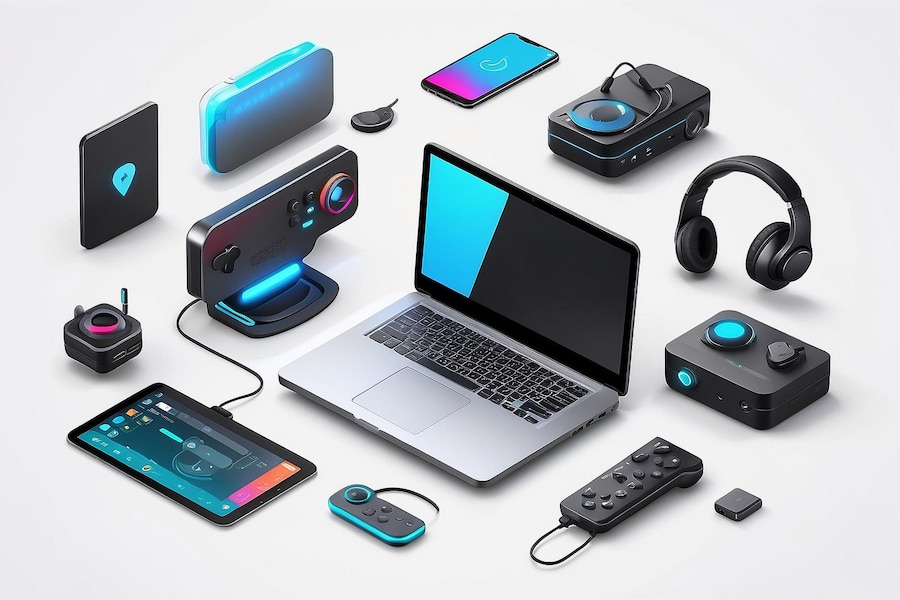
Here’s a list of must-have equipment that’ll help you create scroll-stopping content:
Smartphone: The Swiss Army knife of content creation. Modern smartphones pack professional-grade cameras, editing apps, and instant sharing capabilities. It’s your all-in-one studio in your pocket.
DSLR or Mirrorless Camera: When you’re ready to step up your photo and video quality, these babies deliver stunning visuals with greater control over depth of field and low-light performance.
Ring Light: The secret weapon for perfect selfies and video calls. It gives you that pro-level lighting that makes your content pop, especially for beauty and lifestyle creators.
Tripod: Steady shots are game-changers for both photos and videos. A good tripod lets you experiment with time-lapses, long exposures, and perfectly framed shots.
Microphone: Clear audio is crucial, folks! A decent external mic (like a lavalier or shotgun mic) can dramatically improve your sound quality for videos and podcasts.
Green Screen: Want to transport your audience anywhere? A green screen lets you swap backgrounds, perfect for vloggers and streamers looking to spice up their setup
Portable SSD: Fast, reliable storage is a content creator’s best friend. These compact drives let you back up and transfer large files quickly, keeping your precious content safe.
Gimbal Stabilizer: Smooth, shake-free video footage is within reach! These handy devices steady your smartphone or camera for pro-level tracking shots and buttery-smooth motion.
Laptop: Your mobile editing studio. A decent laptop with good specs lets you edit photos, cut videos, and manage your content on the go.
Graphics Tablet: For digital artists and photo editors, a graphics tablet gives you precise control for illustrations, retouching, and design work.
Podcasting Microphone: If you’re diving into the world of podcasting, a good USB mic (like the Blue Yeti) can give you that rich, radio-quality sound.
Lighting Kit: Softboxes or LED panels can transform your shooting space, giving you control over shadows and highlights for pro-looking photos and videos.
Backdrops: Whether it’s a plain white sheet or a fancy printed backdrop, these helps you control your shooting environment and maintain a consistent look.
External Monitor: For video editors and photographers, a good external monitor gives you a bigger, color-accurate view of your work.
Portable Power Bank: Never let a dead battery kill your creativity. A hefty power bank keeps your devices juiced up during long shooting sessions.
Remember, you don’t need ALL of this gear to start creating awesome content. Many successful creators started with just a smartphone and a good idea.
The key is to invest in gear that suits your specific content style and gradually upgrade as you grow.
Start with the basics and focus on mastering your craft. As you develop your skills and define your niche, you’ll get a better sense of which gear will give you the biggest bang for your buck.
Start Creating Today!
Monetizing Content: Strategies for Success
As a content creator, making money from your passion is crucial. There are many ways to do this, from sponsorships to selling merchandise. You can also earn through affiliate marketing. These options can help you make a steady income.
Sponsorships and Brand Partnerships
Working with brands can be very profitable. You promote products that fit your audience’s interests. This way, you earn money and help the brand grow.
Affiliate Marketing and Merchandise Sales
Affiliate marketing lets you sell other people’s products and earn a commission. Selling your merchandise also brings in money. It helps you connect more with your fans.
To make money from your content, know what your audience likes. Match your content to their needs. Try different ways to make money. This way, you can turn your content into a profitable business.
| Monetization Strategies | Key Benefits |
| Sponsorships and Brand Partnerships | Earn commissions or fixed fees for promoting products/services that resonate with your audience |
| Affiliate Marketing | Earn commissions by promoting and selling third-party products through unique affiliate links |
| Merchandise Sales | Offer your own branded products, such as apparel or digital items, to generate direct revenue and strengthen your brand |
“The key to successful content monetization is understanding your audience and aligning your strategies with their preferences. By diversifying your income streams, you can transform your passion into a sustainable and profitable career.”
Are Content Creation Methods Important for Improving SEO Beyond Just Creating Content?
Improving SEO requires more than just creating content. Incorporating effective content creation methods can level up your seo strategies by optimizing keyword usage, improving site structure, and enhancing user experience. By focusing on a strategic approach to content creation, you can boost your search engine rankings and drive more organic traffic to your website.
Conclusion
The world of content creators is key in today’s digital world. It helps businesses and people connect with their audience. Content creators make any marketing or branding effort better.
They can work with words, images, or sounds. Their skills make content more valuable and seen by more people. As the digital world changes, content creators play a bigger role in helping businesses grow.
FAQ
What are the different types of content creators?
There are many types of content creators. Some make written content like freelance writers, bloggers, and copywriters. Others create visual content, such as photographers, graphic designers, and video producers. Then, there are audio content creators, like podcasters and musicians.
What are the benefits of having different types of content creators?
Each type of content creator offers unique benefits. For example, they can be versatile and improve SEO. They also help build brands, enjoy creative freedom, and engage audiences. Plus, they have chances to make money.
How do content creators categorize their work?
Content creators sort their work by medium and type. This means they focus on written, visual, or audio content.
What is the creative process for content creators?
The creative process for content creators is detailed. It includes planning, executing, and sharing their work. They start with ideas, do research, and use tools to improve their workflow and creativity.
How can content creators monetize their content?
Content creators can make money in several ways. They can get sponsorships, partner with brands, use affiliate marketing, or sell merchandise. These strategies help them earn a steady income from their content.

